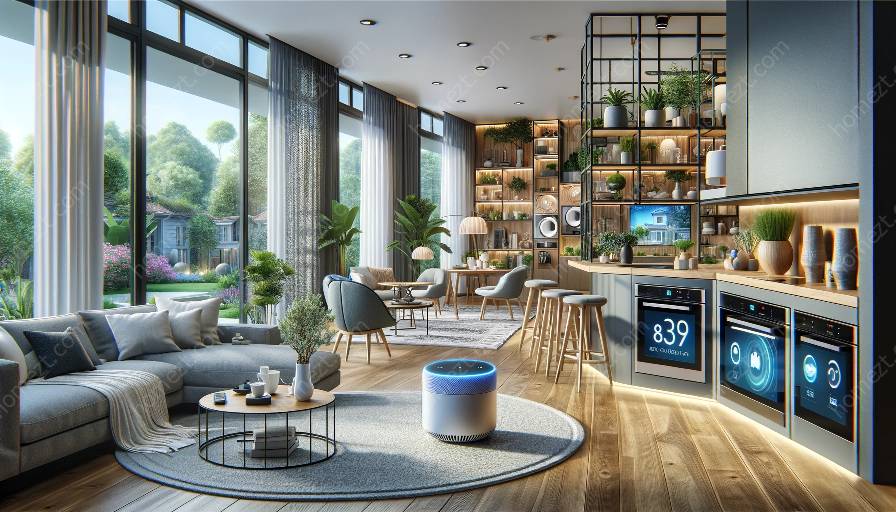Google Home devices have revolutionized the way we interact with technology in our homes. This case study delves into the features, benefits, and compatibility of Google Home devices with voice-controlled home appliances and their influence on intelligent home design.
Introduction to Google Home Devices
Google Home devices are voice-activated speakers powered by the Google Assistant. They are designed to help users manage their everyday tasks, entertain and provide quick access to information. With their sleek and modern design, these devices seamlessly blend into any home environment, making them an integral part of the smart home ecosystem.
Features and Benefits
Google Home devices offer a wide range of features, including voice control of home appliances, personalized assistance, entertainment options, and connectivity with other smart home devices. Through voice commands, users can control compatible smart appliances, such as thermostats, lights, and security systems, creating a more efficient and convenient living space. Additionally, the personalized assistance feature allows users to receive tailored responses to questions and requests, from setting reminders to managing schedules.
Entertainment options include streaming music, radio, news, and podcasts, providing a seamless entertainment experience. The devices also offer connectivity with other smart home devices, enabling users to create a unified and integrated home automation system.
Voice-Controlled Home Appliances
The compatibility of Google Home devices with voice-controlled home appliances is a crucial aspect of their functionality. Through integration with various smart home platforms, such as Nest, Philips Hue, and Samsung SmartThings, Google Home devices can interact with a wide range of voice-controlled appliances. For example, users can adjust the thermostat, dim lights, or lock doors using voice commands, enhancing the overall control and convenience of the home environment.
Furthermore, the integration of Google Home devices with voice-controlled appliances promotes energy efficiency, as users can easily monitor and manage energy usage through voice commands. This synergy between Google Home devices and voice-controlled appliances aligns with the growing trend of sustainable and eco-friendly home design.
Intelligent Home Design
As the demand for smart and connected homes continues to rise, intelligent home design has become a focal point for homeowners, architects, and interior designers. Google Home devices play a significant role in shaping intelligent home design by offering seamless integration with various smart home technologies.
The compact and visually appealing design of Google Home devices complements modern interior aesthetics, blending technology with interior décor. Their compatibility with voice-controlled home appliances aligns with the concept of intuitive and user-friendly home design, where technology seamlessly integrates into the living space without disrupting the visual harmony.
Moreover, the integration of Google Home devices with intelligent home design extends beyond aesthetics. By providing voice control for various home functions, these devices contribute to a more accessible and inclusive living environment, catering to individuals with mobility challenges or disabilities.
Conclusion
Google Home devices have significantly impacted the way we interact with technology in our homes. Their compatibility with voice-controlled home appliances and their influence on intelligent home design reflects the evolving landscape of smart living. From enhancing convenience and energy efficiency to seamlessly integrating with modern interior design, Google Home devices have become key components of the intelligent home ecosystem.


